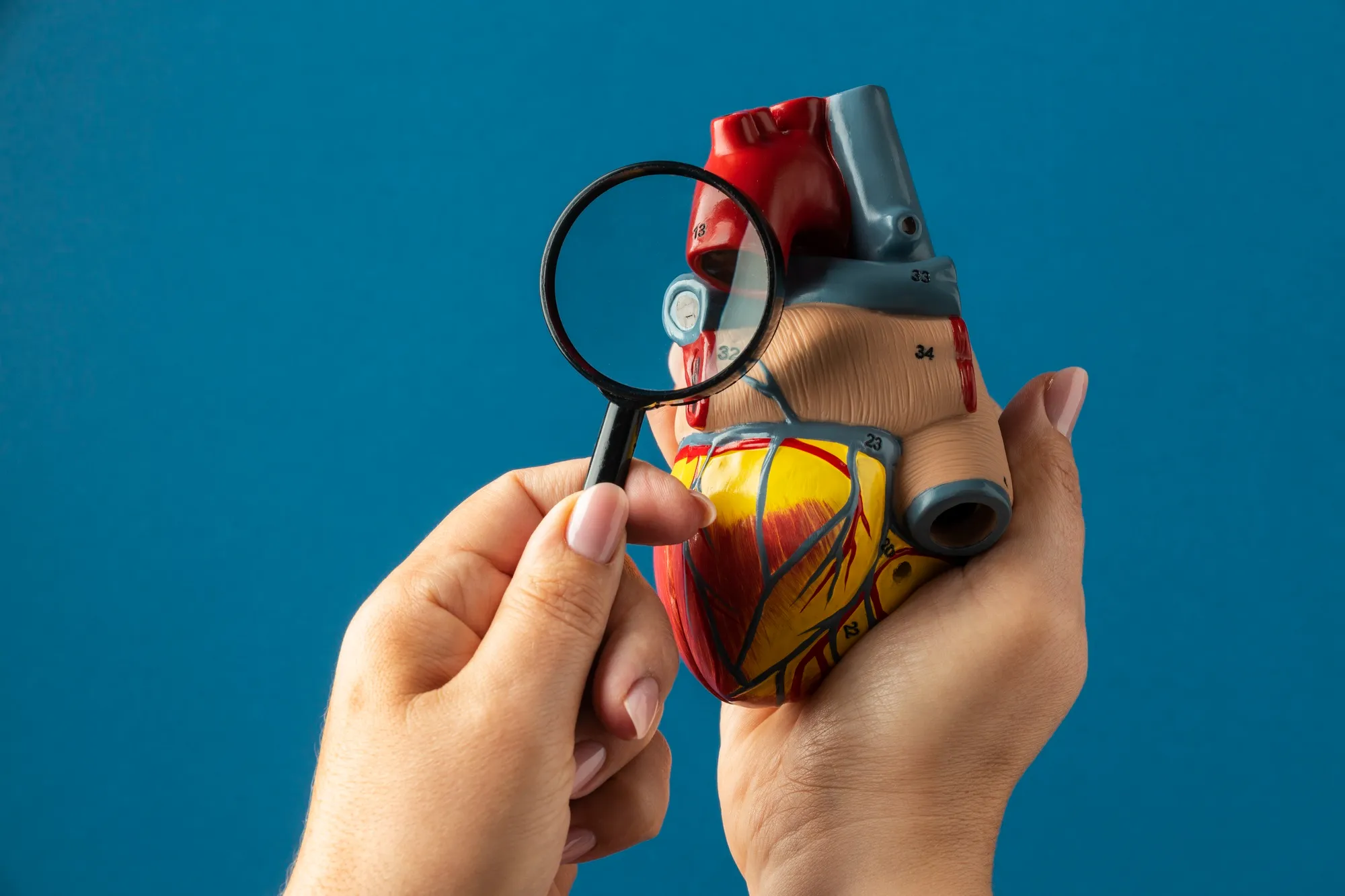In a groundbreaking study published in Scientific Reports, researchers from Emory University and Georgia Institute of Technology have successfully developed a rat model of chronic Complete Atrioventricular Block (CAVB), which mirrors the clinical signs of bradycardia and allows for the testing of disease-modifying therapies. This significant advancement in cardiovascular research holds the promise of accelerating the understanding of CAVB and the exploration of novel interventions in a small animal setting, which until now, could only be demonstrated in larger animal models.
DOI: 10.1038/s41598-019-43300-9
Complete atrioventricular block (CAVB) is a type of heart block where the electrical signals that control the heartbeat are fully obstructed from reaching the ventricles. This results in a life-threatening condition characterized by a marked reduction in heart rate, known as bradycardia. With a limited understanding of its progression and pathophysiology, there is an urgent need for suitable models that can facilitate the study of CAVB and the development of potential therapies.
The team, led by Kim Nam Kyun and Cho Hee Cheol, addressed this challenge by creating a surgical model of CAVB in adult rats. The procedure involved delivering electrosurgical energy to the atrioventricular node (AVN) through a thin needle inserted subepicardially via right thoracotomy. This technique successfully induced chronic CAVB whilst preserving systolic function due to the heart’s compensatory hemodynamic remodeling.
The chronic CAVB rats presented dilated and hypertrophied ventricles, a common consequence of the disease. Importantly, ventricular tachyarrhythmias, usually challenging to induce in healthy rodents, were easily triggered upon programmed electrical stimulation in the CAVB rats. The susceptibility to these arrhythmias further increased under β-adrenergic stimulation, mimicking the situations that might exacerbate arrhythmias in human patients suffering from this condition.
A novel aspect of the research involved the use of focused somatic gene transfer of TBX18 into the left ventricular apex of the CAVB rats. This genetic intervention resulted in ectopic ventricular pacing, establishing a new ventricular rhythm that outpaced the slow AV junctional escape rhythm present in control CAVB animals. This proof-of-concept demonstrates the potential utility of gene therapy to modulate heart rate in CAVB.
This rat model of chronic CAVB thus serves as a valuable platform for therapeutic experimentation, with implications for clinical translation. It could catalyze the refinement and testing of innovative therapies, potentially circumventing several limitations associated with large-animal models and bringing these advances closer to clinical reality.
The study was supported by grants including R01 HL111646 and R01 HL143065 from the National Heart, Lung, and Blood Institute (NHLBI) of the National Institutes of Health. The article clarifies no competing interests, indicating the integrity of the research findings.
References
1. Bordachar P, et al. Pathophysiology, clinical course, and management of congenital complete atrioventricular block. Heart Rhythm. 2013; doi: 10.1016/j.hrthm.2012.12.030.
2. Baruteau A, et al. Evaluation and management of bradycardia in neonates and children. Eur J Pediatrics. 2016; doi: 10.1007/s00431-015-2689-z.
3. Aguiar Rosa S, et al. Complete atrioventricular block in acute coronary syndrome: prevalence, characterisation and implication on outcome. Eur Heart J Acute Cardiovasc Care. 2017; doi: 10.1007/s12265-017-9740-z.
4. Epstein AE, et al. Device-based therapy of cardiac rhythm abnormalities. Circulation. 2013; doi: 10.1161/CIR.0b013e318276ce9b.
5. Eliasson H, et al. Outcome in young patients with isolated complete atrioventricular block and permanent pacemaker treatment: a nationwide study of 127 patients. Heart Rhythm. 2015; doi: 10.1016/j.hrthm.2015.06.028.
Keywords
1. Complete Atrioventricular Block
2. Bradycardia Model Rat
3. Cardiac Arrhythmia Research
4. Gene Therapy for CAVB
5. Ventricular Tachyarrhythmias Study
